
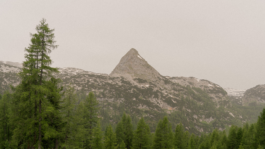
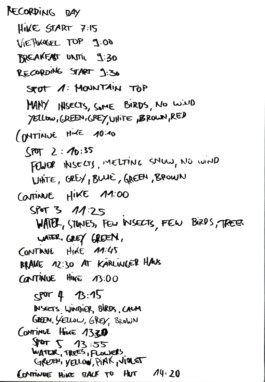
I perceive mountains as a socially highly valued landform. However, a mountain is often reduced to its measurable properties. It is mainly about the height of the peak and the length of the ascent - only in the case of very well-known mountains is the general public familiar with the outline. Colours, shapes and sounds are never actually mentioned as characteristics of a mountain.
Recording Alps is an attempt to give mountains an audiovisual identity.
approach & planning
While trying to find an analytic and comparable way to portray a mountain, I set some rules for myself. I, as the “collector” of the samples, should only play a technical role. Therefore, I decided to draw a circle of 1000 M around the mountain top. With horizontal and vertical lines on the map, I got four sample points, one each in the summit’s northern, eastern, southern, and western extensions. I should stick to a recording pattern and always collect sound and video pointing in all directions, including the sky and the ground.
Technically, this should result in a comparable picture of mountains since it covers all sides of weather and wind influences.
collecting samples
In the process of actually recording in the Alps, I found out that the 1000M radius was quite naive to assume. Geographics made it quite difficult for me to reach the spots. I decided that I could also take on a curating role within the project while still sticking to the four celestial directions.
The then-taken samples are between 200M and 1000M from the summit.
I stuck to the recording pattern of collection sound in all directions, including the ground and sky.
assembling
While reviewing the samples, I aimed to recreate the blurred image in my mind, which also directs the viewer’s focus more toward the movements and colours. After some experimentation, I found that cropping and stabilising the footage worked best. Occasionally, this technique created an effect where the object appeared unnatural and three-dimensional, which I found appealing and helpful in the process of abstraction.
The sounds are structured in a sound collage, location by location. The sample points sometimes weave into each other; sometimes, a more apparent change can be heard. The images are also structured in the same order.
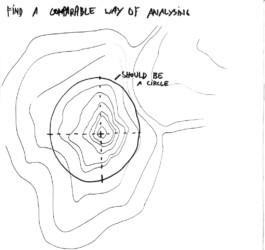
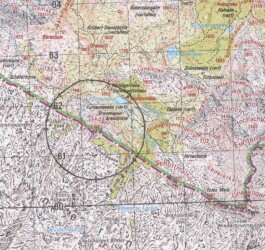
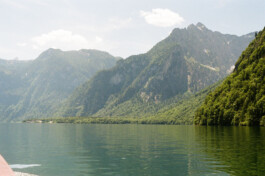
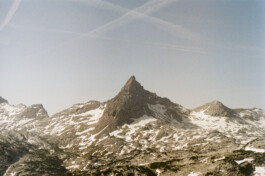
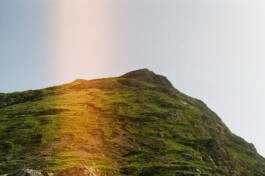
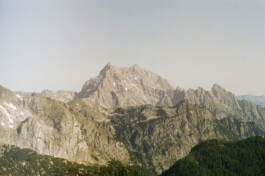
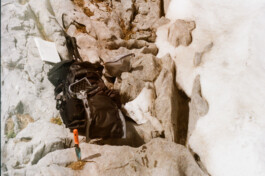
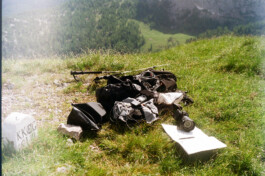
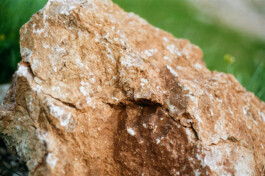
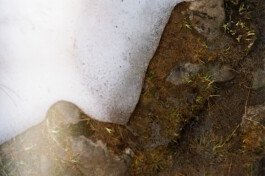
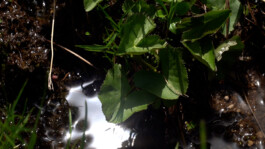
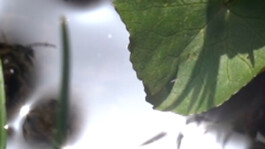
Recording Alps _ 001 Viehkogel


I perceive mountains as a socially highly valued landform. However, a mountain is often reduced to its measurable properties. It is mainly about the height of the peak and the length of the ascent - only in the case of very well-known mountains is the general public familiar with the outline. Colours, shapes and sounds are never actually mentioned as characteristics of a mountain.
Recording Alps is an attempt to give mountains an audiovisual identity.
approach & planning


While trying to find an analytic and comparable way to portray a mountain, I set some rules for myself. I, as the “collector” of the samples, should only play a technical role. Therefore, I decided to draw a circle of 1000 M around the mountain top. With horizontal and vertical lines on the map, I got four sample points, one each in the summit’s northern, eastern, southern, and western extensions. I should stick to a recording pattern and always collect sound and video pointing in all directions, including the sky and the ground.
Technically, this should result in a comparable picture of mountains since it covers all sides of weather and wind influences.


collecting samples
In the process of actually recording in the Alps, I found out that the 1000M radius was quite naive to assume. Geographics made it quite difficult for me to reach the spots. I decided that I could also take on a curating role within the project while still sticking to the four celestial directions.
The then-taken samples are between 200M and 1000M from the summit.
I stuck to the recording pattern of collection sound in all directions, including the ground and sky.



assembling
While reviewing the samples, I aimed to recreate the blurred image in my mind, which also directs the viewer’s focus more toward the movements and colours. After some experimentation, I found that cropping and stabilising the footage worked best. Occasionally, this technique created an effect where the object appeared unnatural and three-dimensional, which I found appealing and helpful in the process of abstraction.
The sounds are structured in a sound collage, location by location. The sample points sometimes weave into each other; sometimes, a more apparent change can be heard. The images are also structured in the same order.

